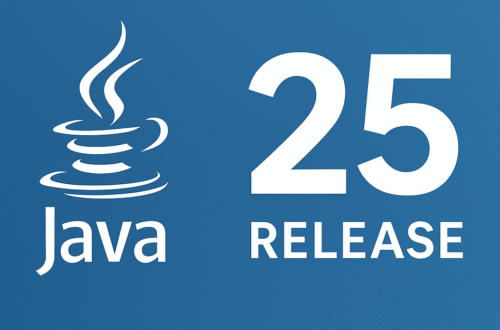The isEnum() method in Java, available in the java.lang.Class class, is used to check whether a given Class object represents an enumeration type.
If the class represents an enum, the method returns true, otherwise, it returns false.
This method is particularly useful in reflection-based programming, where enums need to be verified or processed dynamically (for example, in frameworks, libraries, or configuration systems).
Syntax :
public boolean isEnum()✅Parameters
- This method takes no parameters.
✅Returns
true→ if the class object represents an enum type.false→ if the class object is not an enum type.
Understanding of isEnum():
The method allows developers to check at runtime whether a class is an enum.This can be very useful when you want to dynamically handle enums (for example, iterating through their constants, generating dropdown options, or validating user inputs).
Example 1: Basic Usage
public class IsEnumExample {
public static void main(String[] args) {
Class<PaymentStatus> clazz = PaymentStatus.class;
boolean result = clazz.isEnum();
System.out.println("Is PaymentStatus an enum? " + result);
}
public enum PaymentStatus {
PENDING, PROCESSING, SUCCESS, FAILED
}
}Output :
Is PaymentStatus an enum? true✅👉 Here, PaymentStatus is an enum, so isEnum() returns true.
Example 2: Checking a Non-Enum Class
public class NonEnumExample {
public static void main(String[] args) {
Class<Integer> clazz = Integer.class;
boolean result = clazz.isEnum();
System.out.println("Is Integer an enum? " + result);
}
}Output:
Is Integer an enum? falseNote :👉 Since Integer is not an enum, the result is false.
📝Key Ponts:
The Class.isEnum() method provides a reliable way to identify enums at runtime.
- It returns
truefor enums andfalseotherwise. - It’s often used in reflection-based frameworks to dynamically handle enums for configuration, validation, or UI generation.
- This makes it an important tool when building generic and reusable libraries.
